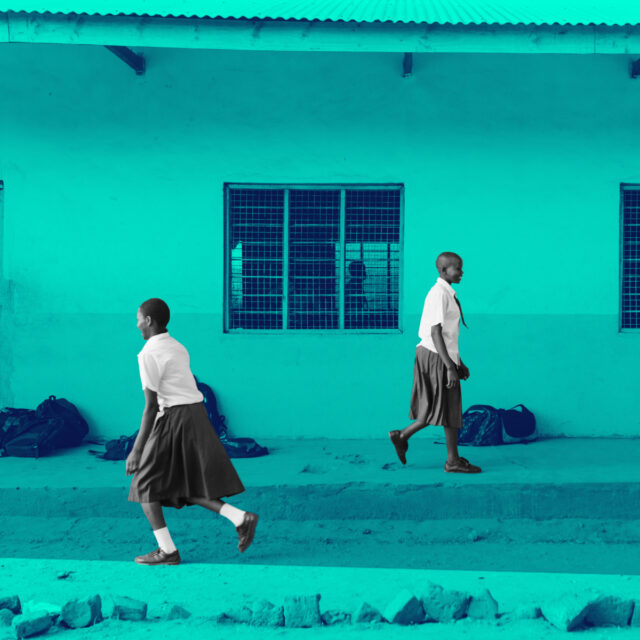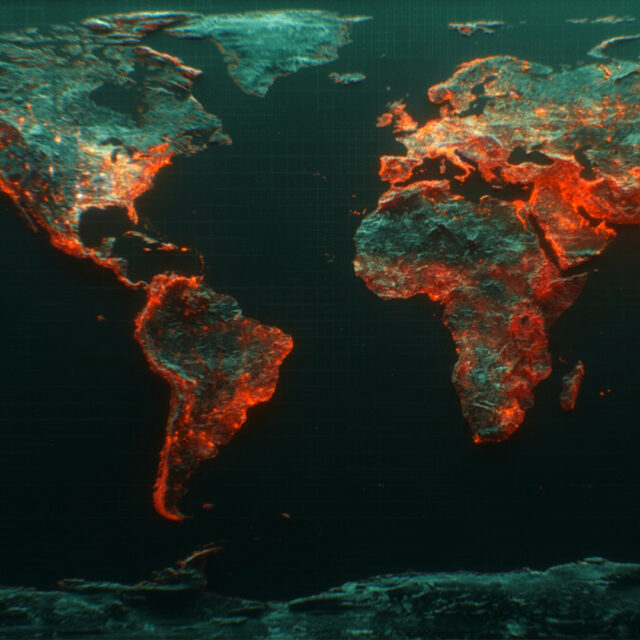Even before COVID-19, 90% of children in low-income countries could not read and understand a simple sentence. The global learning crisis is the biggest educational threat of our time, not just because it means that individual potential is being squandered. The world’s future hangs in the balance. After all, the children of today are the doctors and public health professionals of tomorrow.
Since the COVID-19 pandemic, this sobering picture has only gotten worse. At its peak, COVID-19 pushed 1.6 billion children — 90% of enrolled learners — out of school. School closures will have a devastating impact on learning, particularly for the poorest countries and children.
To mitigate the impact of the pandemic, many countries have implemented forms of distance learning. However, even here there is a glaring digital divide for the most vulnerable children. Less than 30% of Africans have access to the internet. Only 56% of sub-Saharan African countries have a distance learning plan in place. Educational technology is anything but equal.
The potential reversal in educational gains
Decades of progress in educational access could be reversed. As millions of families are pushed into extreme poverty and remittances decline substantially, household incomes will fall, making the cost of sending a child to school much too expensive.
And when students do come back to school, they will be far behind. Gaps in knowledge can accumulate over time. One study showed that just three months of learning loss can result in 1.5 years of schooling loss seven years later.
Investment in education will help minimize these impacts. However, with COVID-19 wrecking havoc across economies, there are multiple threats to education financing. The World Bank predicts a 5.2% contraction in global GDP in 2020, and foreign aid could fall by as much as US$12 billion.
As a result, not only is the volume of education financing likely to decrease, but the relative prioritization of education is also likely to fall as governments focus on pressing issues of health and food security. In Nigeria, for example, the government is due to significantly shrink the budget to basic education.
How to minimize COVID-19’s impact on learning
All is not lost. Countries are being innovative. Sierra Leone, for example, is drawing lessons from the Ebola pandemic in 2014-16 to help reduce learning losses among its students. This includes offering radio educational broadcasts to reach students without internet access, physically delivering educational materials, and building mobile phone solutions.
And in Liberia after Ebola in 2016, the government held a radio campaign to encourage students to come back to school and delivered textbooks, hygiene packages, and learning kits. This meant that enrollment quickly returned to pre-Ebola levels.
To ensure that learning continues, education needs to be at the forefront of a COVID-19 recovery plan. World leaders and policymakers must work together to minimize the impact of COVID-19 on learning. To do this, governments must:
- Develop a unified investment case for education and an advocacy plan to address the education financing gap in the wake of COVID-19, particularly the impact on learning.
- Ensure education financing is protected.
- Develop and execute a plan to get students back in school and recover learning loss.
- Expand and improve social protection programs to protect the most vulnerable.
- Provide an emergency stimulus package.
Read more about COVID-19’s impact on global learning and how we can protect education.



